Author: Marshall Schott
In December of 2014, just a few months after I bottled off the Flanders Red Ales that marked my first ever attempt at making sour beer, I got the itch to do it again. I’d recently tried The Bruery’s Rueuze, their take on a Gueuze, and thought it was so remarkable that I immediately got to work designing a recipe. Since I didn’t have multiple batches of Lambic brewed at different times sitting around, I formulated a much simpler approach that would still allow me to blend various beers to my liking, something I was very interested to try my hand at.
According to the 2015 BJCP Guidelines, the beer I made would likely best be classified as a Mixed-Fermentation Sour Beer (28B), which is described simply as “a sour and/or funky version of a base style of beer” where “the base beer style becomes less relevant because the various yeast and bacteria tend to dominate the profile.” Because the Guidelines don’t mention anything about blending, and given the beer’s deep yellow color, I thought calling it a Golden Sour Ale was most fitting.
Brewing The Beer
I’d spent the months since packaging my Flanders Red Ales poking around blogs and forums in hopes of learning more about crafting a delicious sour beer. One thing I noticed brewers of such beers seemed to be doing was using fairly complex grain bills that often included malt and/or adjuncts containing higher amounts of beta glucan to improve mouthfeel, so I tossed in a good dose of flaked oats.
Ponyboy
Recipe Details
| Batch Size | Boil Time | IBU | SRM | Est. OG | Est. FG | ABV |
|---|---|---|---|---|---|---|
| 11 gal | 60 min | 4.0 IBUs | 6.7 SRM | 1.056 | 1.013 | 5.7 % |
| Actuals | 1.056 | 1.004 | 6.8 % | |||
Fermentables
| Name | Amount | % |
|---|---|---|
| Pale Malt (2 Row), NW Pale | 18 lbs | 81.82 |
| Honey Malt | 2 lbs | 9.09 |
| Oats, Flaked | 2 lbs | 9.09 |
Hops
| Name | Amount | Time | Use | Form | Alpha % |
|---|---|---|---|---|---|
| Perle | 8 g | 60 min | Boil | Pellet | 8.6 |
Yeast
| Name | Lab | Attenuation | Temperature |
|---|---|---|---|
| Roeselare/Mixed/Melange/WLP655 | 80% | 55°F - 80°F |
Notes
| Roeselare Only: 1.008 FG Roeselare Blend: 1.004 FG TYB Melange: 1.006 FG WLP655: 1.008 FG |
Download
| Download this recipe's BeerXML file |
The evening prior to brewing, I prepared the grains.
Having read Brettanomyces produces complex flavors by metabolizing long-chain dextrins, I opted for a warmer mash temperature than I’d typically aim for with a clean beer.
After a 60 minute mash, I collected the first runnings of sweet wort.
After batch sparging to reach the proper volume, the wort was boiled for 60 minutes before I quickly chilled it to my target fermentation temperature of 66°F/19°C.
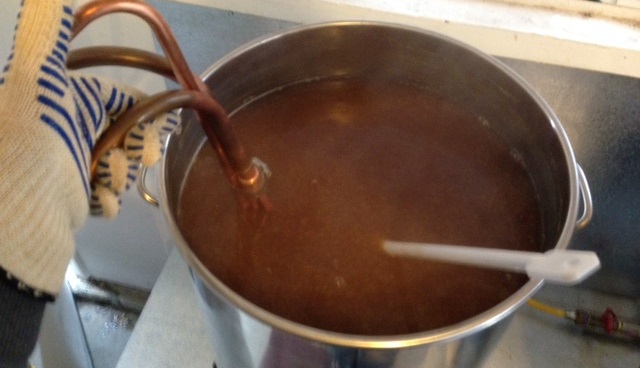
A refractometer reading showed I’d hit my 1.056 OG target.
I proceeded to split the chilled wort evenly between four 3 gallon carboys, each receiving 2.5 gallons.
With 4 batches of identical wort sitting in my “sour shower,” I readied the mixed cultures for pitching. After kegging the Flanders Red Ales 7 months prior, I saved some slurry from the batch hit with Roeselare and bottle dregs. A couple months after that, a buddy gave me some Roeselare he’d harvested from a batch, it had nothing else in it. I’d also picked up a vial of The Yeast Bay’s Melange as well as a vial of White Labs’ WLP665 Flemish Ale Blend.
The age of the Roeselare culture I harvested definitely had me somewhat concerned, but not enough to stop me from trying it out. Each culture was pitched into its own carboy sans propagation.
All 4 beers were left alone ferment and funk up. Unfortunately, as is bound to happen when upgrading phones, I ended up losing the pictures I snapped after this point. What I remember is all 4 ended up developing hearty pellicles even before I removed the airlocks for sample taking, something I chalk up to the fact they were fermented in PET carboys, which allow for slightly more oxygen ingress than glass. This was an intentional decision inspired by experiences shared by others who ferment in similar carboys, my ultimate hope being to speed up the souring process a bit.
I pulled the first samples after 8 months and took some tasting notes that I would use to inform my blending. The batch pitched with harvested Roeselare and bottle dregs was easily the most acidic and perceptibly dry, though the one hit with just Roeselare dregs wasn’t far behind in sourness; both had very similar aroma and flavor profiles. While the Melange pitched beer possessed noticeable tartness, it wasn’t nearly as assertive as either Roeselare batch, but it had a much more complex flavor profile similar to many Brett fermented beers I’ve tasted. The WLP665 beer possessed more complexity than the Flanders Red Ale pitched with WLP655, but it was the least exciting of the bunch, possessing more acidity than funk with my notes stating, “nothing wrong, nothing great.” This is also when I gathered the FG readings noted in the recipe.
None of the batches were terrible, they all tasted decent, and since blending really shouldn’t be used to cover up mistakes, I was comfortable messing around with all 4 to create a single beer.
Blending The Beers
My approach to blending was rudimentary, to say the least, and actually involved two parts, the first of which occurred at the 8 month mark after my initial sampling. I wasn’t quite ready to call these beers finished and decided to split the four 2.5 gallon batches into pairs that would be combined and left to age a few more months. The Roeselare batches being as similar as they were, and a 50/50 blend of the samples tasting nearly identical as either on their own, I racked both of those beers to a single 6 gallon PET carboy. This left me with the Melange and WLP665 batches, which when combined at equal volumes actually produced a much more interesting beer. Not wanting to let anything go to waste, I combined both of those in a single 6 gallon PET carboy as well.
Very robust pellicles were observed on both batches within about 2 weeks, no doubt a function of the oxygen they came into contact with during the transfers. Would this ruin the beers? I crossed my fingers and let them continue to work.
I took small samples from each batch a couple times over the following months and finally decided the beers were ready to package 6 months later in February of 2016, a full 14 months after they were brewed. Since my goal from the beginning was to mimic the process of combining Lambics of varying age to make a Gueuze, I wasn’t about to keg these beers as they were and took samples from both to play around a little more with blending.
The Roeselare beer had an even stronger lip puckering acidity than before, something I actually tend to enjoy in small doses. However, since it wasn’t my point to cause mouth ulcers and heartburn in those who would drink it, I knew it’d be best to bring the pH up a bit. As it just so happened, the combined Melange/WLP655 beer was substantially less tart with what I perceived to be a very noticeable overripe tropical fruit character. After trying blends in various proportions, I ended up settling on the one that would leave me with the largest volume of the same beer and transferred half of each into separate kegs. At the time, I felt this combination produced the most characterful and interesting beer with just the right amount of acidity, whereas the other blends came across as either too tart or not tart enough. Could’ve all been in my head, but it worked for me.
The filled kegs were placed in my keezer where they were placed on gas then left to carbonate and cold condition for 3 weeks before I dipped in.
Impressions Over Time
I got lazy and didn’t write down very many tasting notes for this beer, too busy brewing xBmt beers and collecting data. I do remember being rather impressed upon first taste of a carbonated sample, noting “brilliant clarity, good ratio of sour to funk, surprisingly medium body for dryness.” I decided to keep one keg on tap to enjoy immediately with friends and bottle the other half for long-term storage. In March of 2016, I transferred the contents of one keg to 45 standard 12 oz bottles and placed them in a dark, relatively cool place to age.
The following month, during a data collection session in my garage, I whipped out a couple bottles to share with participants and took the sparsest of notes. By my recollection, there were 6 or 7 people present, all served the version I had on tap. My notes indicate everyone enjoyed the beer at least enough to finish it, and I recall most asking for a second fill. “Mushy pineapple, Sweet Tarts, sour fruit, honey, really good, a little vinegar, some cereal.” Those were the descriptors provided by the tasters, at least the ones I wrote down. My memory of the beer at that point centered primarily around the level of tartness, which the carbonation seemed to enhance in a way I thought was quite delightful. I was pleased with how the acid and funk didn’t completely blot out the malt character.
That keg lasted about a month, and while the 10 bottles I have left are evidence I’ve been dipping into my stash, I failed to document anything. Until recently.
September 27, 2017 | Beer Age: 2 Years 9 Months
With all that’s been going on in my brewing life over the last couple years, I completely forgot about this beer until a couple weeks ago. While re-organizing my son’s bedroom, my wife started going through the stuff stored under his bay window seat. I’d just been in there to fetch the Flanders Red Ale bottles a few weeks earlier, which apparently sat atop the Golden Sour bottles that I thought were gone. I moved one to the fridge to chill for a tasting.
Appearance
Due to the large portion of Honey Malt used for this beer, the color right off the bat was a rather dark gold, bordering on copper if viewed at the right angle or lighting. It really didn’t seem any different than I remember at earlier tastings.
While the beer was quite clear, I noticed a very slight haze immediately upon pouring that I wasn’t convinced was caused by sediment, and the fact it faded after a few minutes convinced me it was most likely chill haze. As is common with sour beers, the foam dissipated quickly, leaving only a stark white collar atop the surface.
Aroma
Overripe, almost rotten tropical fruit up front followed by a pleasant sweet nuttiness that makes me feel like I’m frolicking through Flemish fields of Fritillaria– it smells like a great Belgian sour ale. I couldn’t detect anything off about the aroma, no diacetyl, no THP, nada. As the beer warms, more barnyard funk gets expressed, totally inoffensive.
Flavor
First thing I detect is bread toast with a smattering of honey on it followed by an interesting phenolic spice, subtle like white pepper, then finally a whisper of fruitiness flashes by. Not as complex as the aroma had be convinced it’d be, but pretty damn tasty overall.
Mouthfeel
Solid medium body that I rarely expect in Gueuze-style beers, likely a function of the large charge of both flaked oats and Honey Malt in the grain bill. When I focus hard enough, I detect the slightest hint of what I think might be astringency, but it’s not at all distracting and could just be the tartness. No slickness on the tongue, though I do experience a sort of warming and mouth-watering sensation.
Overall
There’s very little about the characteristics of this almost 3 year old Golden Sour ale that I’d say is remarkably different now than it was out of the tap so many months ago. For a sour beer, it’s rather easy to drink, almost to the point of being crushable. As far as Gueuze goes, this beer doesn’t really hit the mark, though I’d still call it a success.
Conclusions
Immediately upon taking my first sip, I was struck with an incredible feeling of nostalgia, memories of an arguably recent time that feel so long ago. I was reminded of a time I shared a couple bottles with a group of brewing friends at a monthly meet-up, dudes I rarely see these days. I was taken back to that time in my garage, pulling out what I honestly thought might be a total dud yet received surprisingly rave reviews. As sentimental as I’m wont to be, I’ll refrain and instead share this baller music video.
As tasty as this beer is, I’ve zero interest in engaging in the time intensive process it required ever again. If I were to try to replicate this beer using a quick sour method, I’d probably pasteurize the sweet wort immediately post mash, chill it to about 115°F/46°C, pitch some Goodbelly or probiotic, let it sit warm until the pH hits 3.4 then boil it for 30 minutes before chilling and fermenting with a mixed culture of Brett and Sacch. Would it taste identical? Highly unlikely, but I’d probably think it was at least as good, if not better.
If you have thoughts about this article, please share them in the comments section below!
Support Brülosophy In Style!
All designs are available in various colors and sizes on Amazon!
Follow Brülosophy on:
FACEBOOK | TWITTER | INSTAGRAM
If you enjoy this stuff and feel compelled to support Brulosophy.com, please check out the Support Us page for details on how you can very easily do so. Thanks!

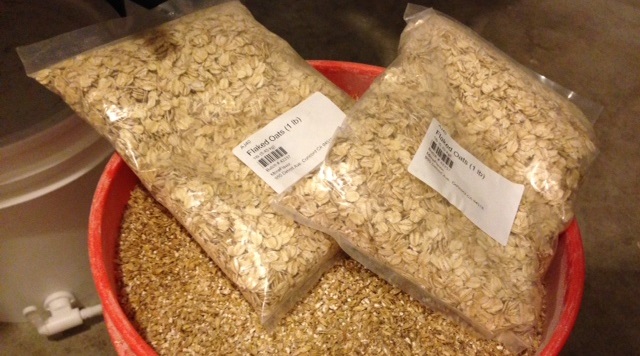
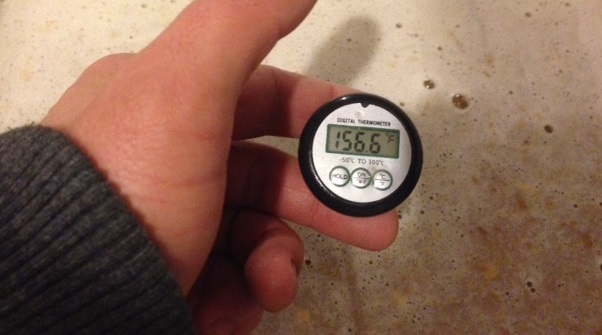
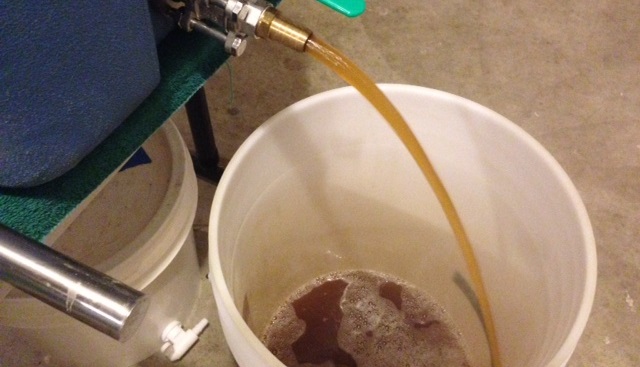
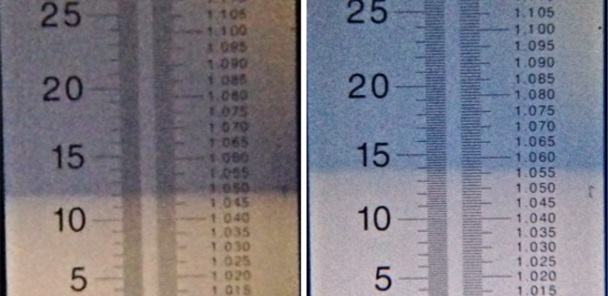
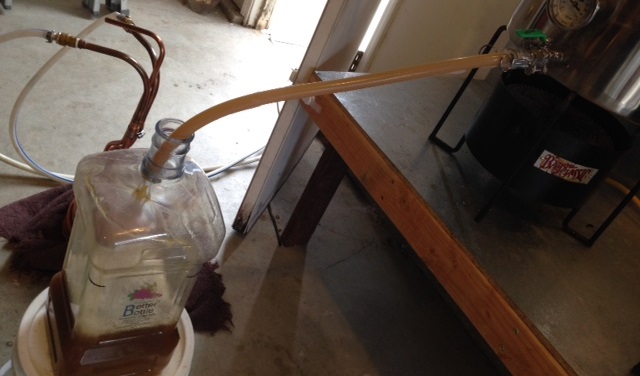
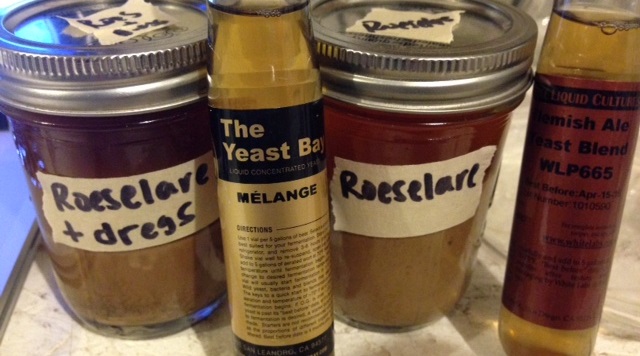
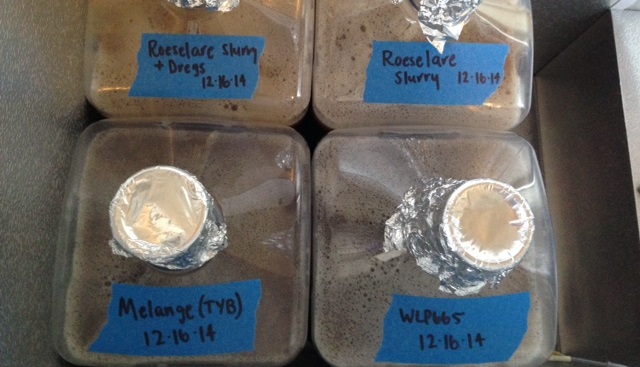
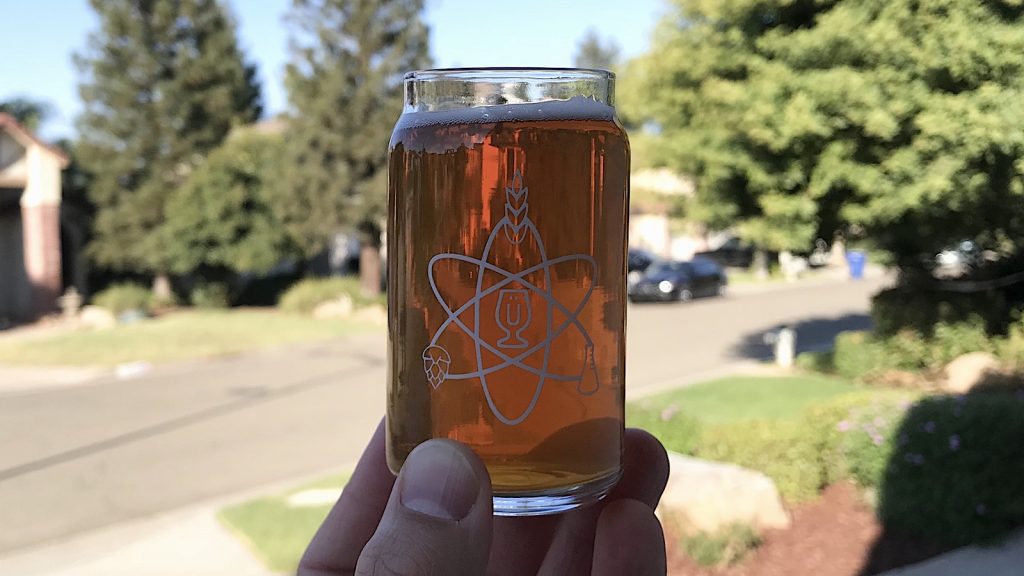










2 thoughts on “Time In A Bottle: Reviewing A 3 Year Old Blended Golden Sour Ale”
Do you create and sell beer ingredient kits and recipes for pico brewing systems ? In the process of buying a brewing system and thought if you guys did this it would make it easier to craft these beers to enjoy. Thank you. Regards, Lou
I do have 1 kit available for Pico— Brulosopher’s Brown Ale.